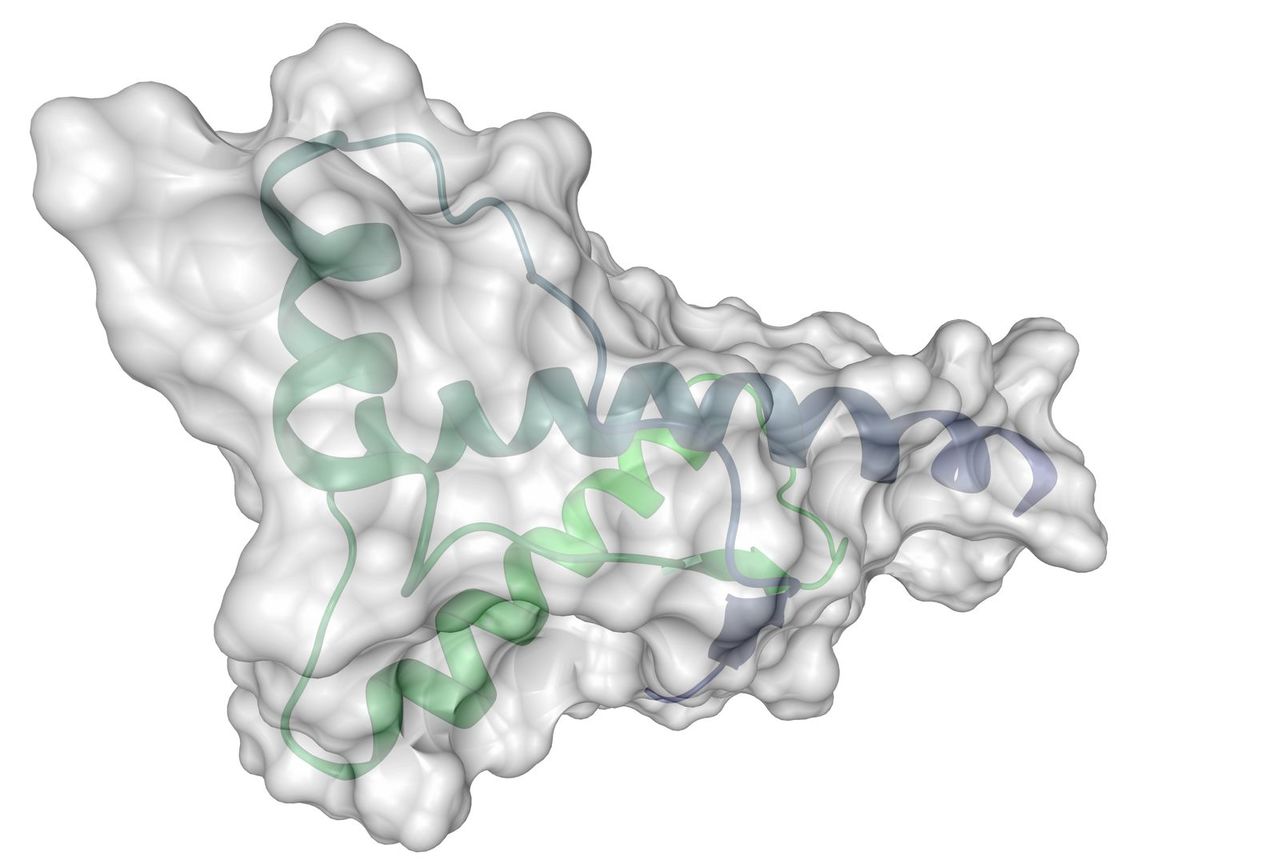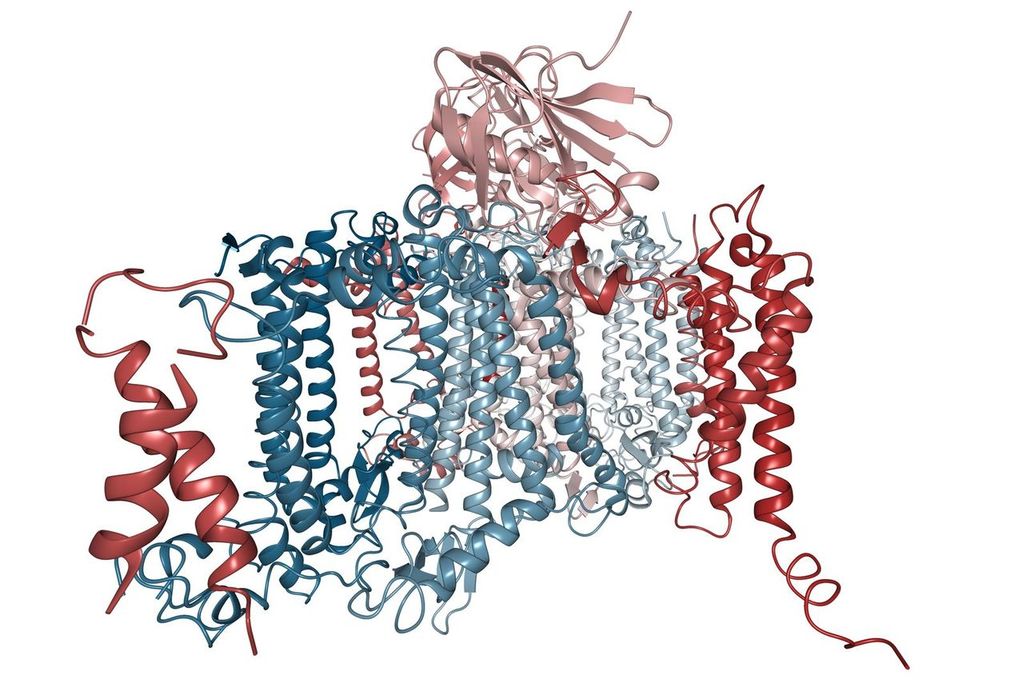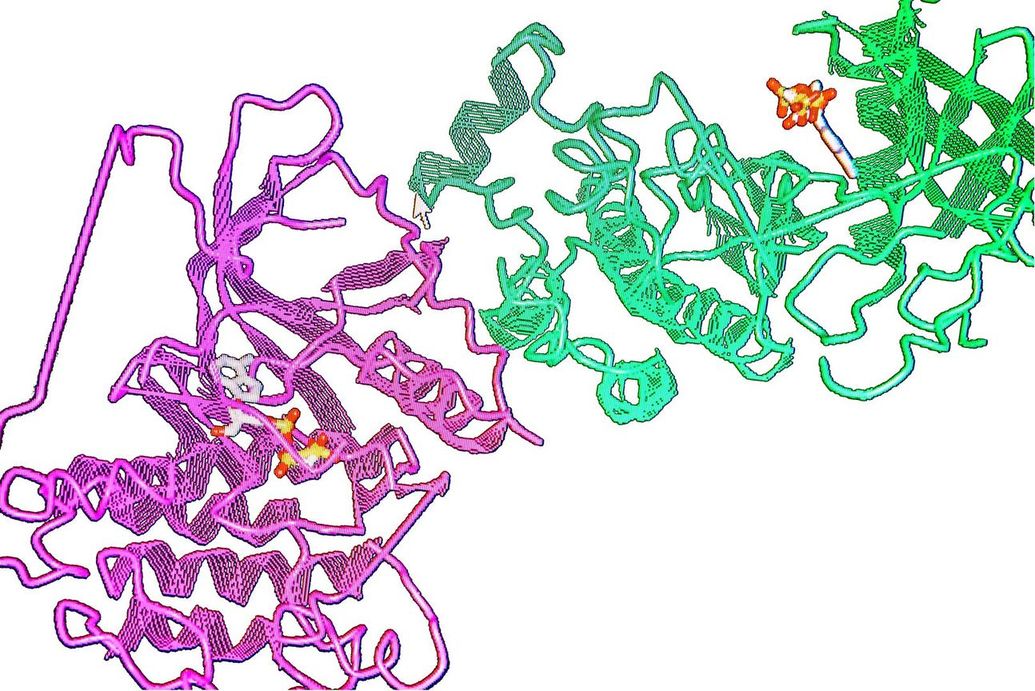Computational Model-assisted In-silico Glycoengineering Prediction Service
Novel Computational Model to Aid in-silico Glycoengineering
Artificial Intelligence (AI)-assisted Glycoinformatics Development has greatly advanced glycobiology with the combination of glycomics, glycoproteomics, genomics, and computational methods to enhance glycosylation site prediction and glycan structure analysis. CD BioGlyco utilizes systematic algorithms, and complex networks to drive the development of a
Computational Glycoengineering-assisted Specific Model. in-silico model is an emerging low-parameter model for predicting and calculating glycoengineering processes. Whether you are an academic organization or a company, CD BioGlyco is your trusted partner for in-silico glycoengineering prediction.
Computational approach
Combining constraint-based and stochastic techniques, we utilize Markov models of glycosylation to predict optimal glycoengineering. Glycoengineering is not an easy process to design because it is not part of any equivalent genetic code.
Based on the constructed reaction network, the glycan is modeled by our expert technicians as a Markov chain in which the secreted glycan is represented as an absorbing state.
Our lab uses genetic algorithms to match optimal glycan profiles. Reaction efficiencies and reaction rates are predicted with the help of computer simulations to facilitate glycoengineering.
Prediction
Relying on experimentally derived glycan profiles of specific proteins supplied by our clients, we provide services for in-silico model construction and prediction of the effect of gene knockouts on glycoforms. Our researchers provide probabilistic prediction services for the transition from one glycan to another in a network through computer sampling. After fitting, we provide professional optimization and tuning services to ensure the best output.
We optimize modeling by continuously learning the kinetic parameters of glycosylation reactions to obtain specific glycosylation profiles. Our researchers include many factors affecting the kinetics of the glycosylation reaction in the probabilities for a comprehensive calculation to optimize the whole work.

Publication
Technology: Constraints-based and stochastic techniques
Journal: BMC Proceedings
Published: 2015
Results: In this work, the researchers constructed a new low-parameter in-silico model using constraints-based and stochastic techniques. This model can be used to predict the effect of gene knockout on the expression of glycan profiles. The accuracy of the model was improved by constructing a comprehensive N-glycosylation reaction network containing typical and specific glycan profiles. The model has been optimized and validated several times to show that the model can accurately predict the changes in glycan profiles after gene modification.
 Fig.1 The deduced transition probabilities are arranged in a Markov transition matrix. (Spahn, et al., 2015)
Fig.1 The deduced transition probabilities are arranged in a Markov transition matrix. (Spahn, et al., 2015)
Applications of Computational Model-assisted in-silico Glycoengineering Prediction
- In-silico glycoengineering prediction plays an important role in cellular glycoengineering (glycosylation genes or glycosyltransferase modifications) and bioprocess control (media supplementation with nutrients or inhibitors).
- In-silico glycoengineering prediction can be used to model changes in glycosyl processes in organisms.
- In-silico glycoengineering prediction plays a key role in the design and evaluation of biosimilars.
Advantages of Us
- CD BioGlyco provides a prediction service that provides an accurate distribution of glycoforms.
- Our researchers take the stochastic nature of biogenesis into account in model design and development.
- CD BioGlyco has a professional technical team and after-sales service team to provide efficient solutions for clients.
Frequently Asked Questions
- How to screen for representative glycosylation genes and enzymes in disease-related glycoengineering?
- Enrichment analysis is used to analyze the biological functions of differentially expressed genes associated with glycosylation of disease. Based on the large database, the researchers screen for glycosylation genes associated with disease episodes by univariate and multivariate Cox regression analysis, principal component analysis, consensus clustering, and Lasso regression.
- How to evaluate the performance of Markov chain models?
- Cross-validation: We utilize cross-validation (e.g., K-fold cross-validation) to evaluate the performance of the model on different data subsets.
- Precision evaluation: We use precision evaluation metrics such as accuracy, recall, and F1 score to evaluate the predictive performance of the model.
- Visualization: We can use visualization tools such as scatter plots, bar charts, etc. to see the performance of the model.
- How to avoid overfitting?
- We generally utilize regularization methods (L1 regularization, L2 regularization), model selection methods, and data enhancement methods (random perturbation, data mixing) to avoid overfitting.
CD BioGlyco has a reliable team of experts to provide accurate in-silico glycoengineering services. Our efficient services and accurate predictions have been recognized by a number of our clients. For any further information, do not hesitate to contact us.
Reference
- Spahn, P.N.; et al. A novel low-parameter computational model to aid in-silico glycoengineering. London: BioMed Central. 2015, 9(Suppl 9): P26.
For research use only. Not intended for any diagnostic use.
Quick Links
Related Services



 Fig.1 The deduced transition probabilities are arranged in a Markov transition matrix. (Spahn, et al., 2015)
Fig.1 The deduced transition probabilities are arranged in a Markov transition matrix. (Spahn, et al., 2015)


